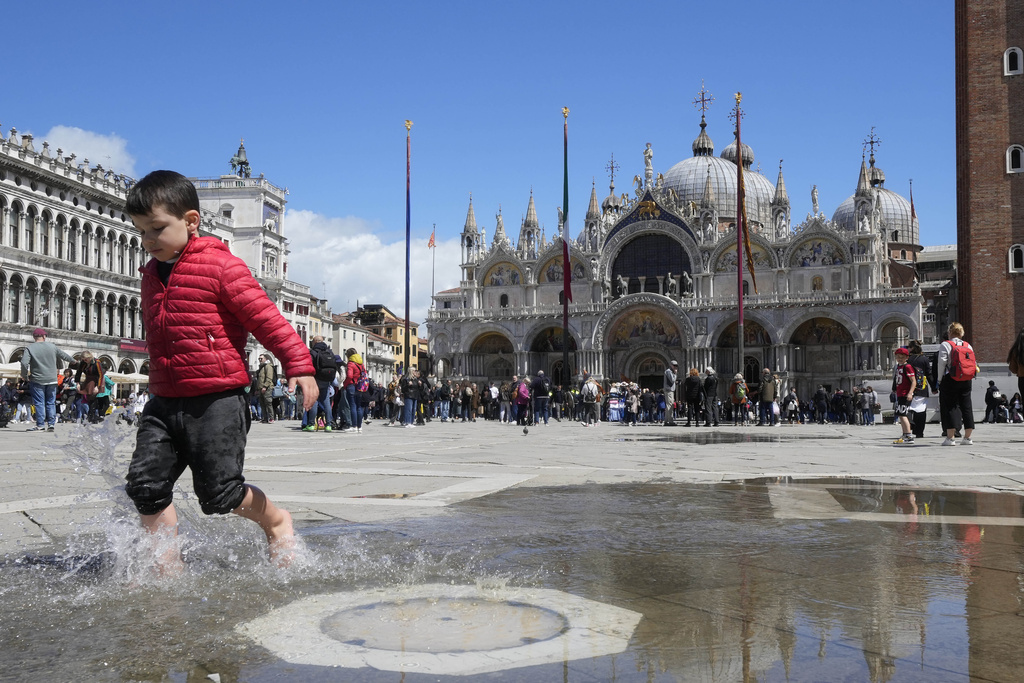Venice became the first city in the world on Thursday to introduce a payment system for visitors in an experiment aimed at discouraging tourists from arriving during peak periods.
However, it is not the only place in Italy that has recently introduced new measures aimed at slowing tourist flows.
Venice has introduced day-trip tickets that cost €5 and are valid from 8:30 a.m to 4 p.m. local time. The experiment came into effect on April 25, a national holiday in Italy. Tickets will be required for the next 10 days and then for most weekends until mid-July.
Other cities, such as Como, have announced they are considering introducing a similar measure, but are waiting to see how Venice’s initiative works out before making a decision. In addition, Venetian authorities have said that from June they will limit the size of tourist groups to 25 people and ban the use of loudspeakers by tour guides.
Florence announced in October that it was banning new short-term residential rentals on platforms such as Airbnb in its historic center. It also offered three years of tax breaks to owners of short-term vacation rentals if they started offering regular rentals to residents.
The city’s famous museum, the Uffizi, offers discounts to people arriving before 8:55 a.m. and lower prices in the off-season. To ease crowds, the museum also closes at 10 p.m. once a week.
The five villages that make up Cinque Terre on the Italian Riviera are constantly besieged by visitors. To reduce overcrowding at peak times, the authority overseeing the area said this week it would charge visitors €15 to walk the most famous coastal path. In addition, the path can only be walked in one direction.
The picturesque island of Capri across the bay from the southern city of Naples has doubled its entrance fee, which is automatically added to ferry tickets, to €5. The new fee will be charged from April 1 to Oct. 1.






